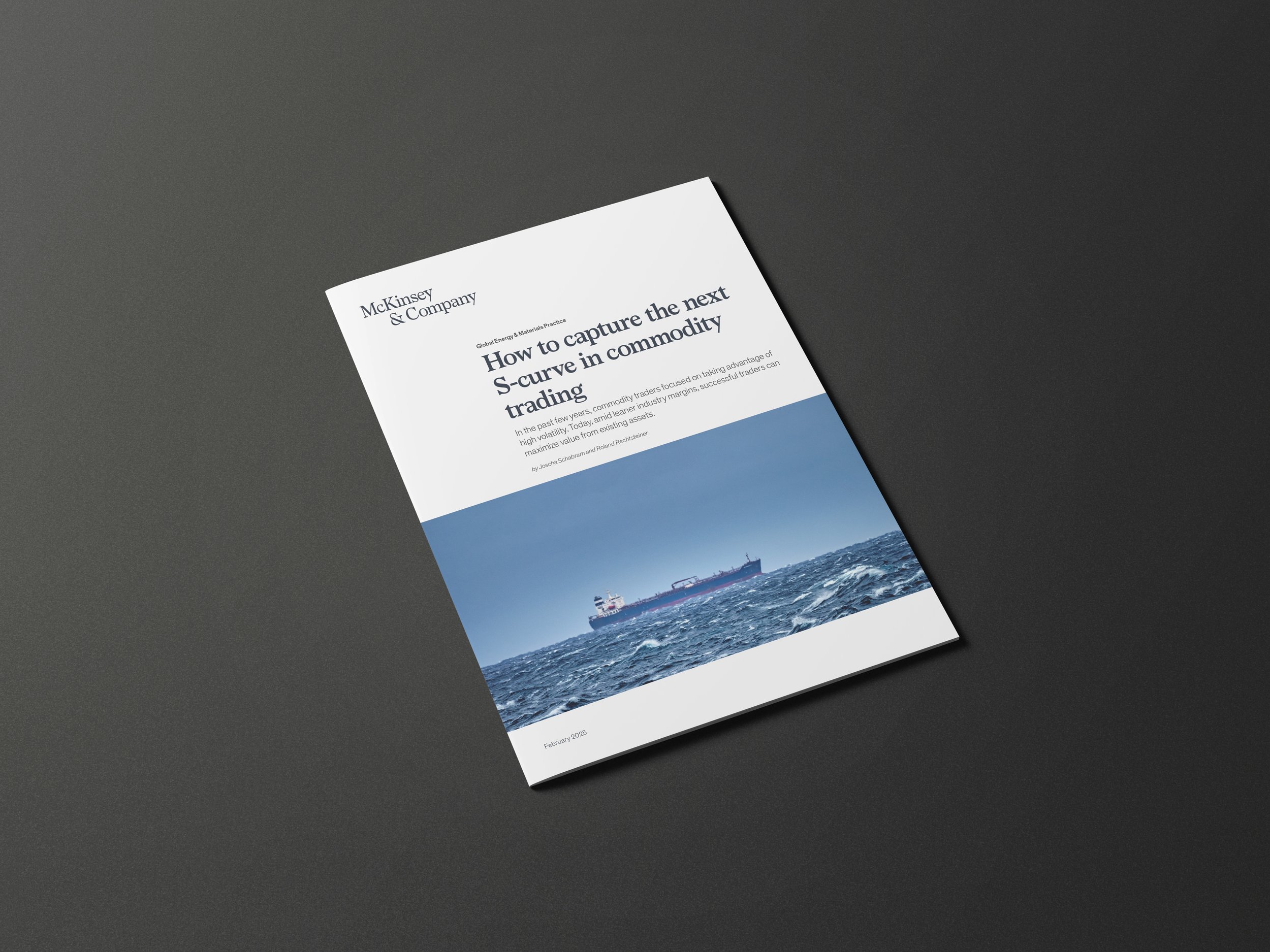NEW McKinsey 2025 Commodities Trading Report- EBIT value pools down by more than 30%
NEW McKinsey 2025 Commodities Trading Report- EBIT value pools down by more than 30%
McKinsey and Company launched their 2025 Commodities Trading Report. The report offers a fresh look at how traders are positioning themselves to capture the next S-curve in commodity trading.
This year’s report highlights a major shift: for the first time since 2018, EBIT value pools havecontracted by more than 30% in 2024 compared to last year - a reset after years of bumper profits. But despite this reduction, the long-term outlook remains strong with EBIT is expected to reach $115 billion by 2030, growing at 10% annually - more than double the average of the past decade.
What does this mean for energy? We’ve extracted the key points for your convenience:
Oil & Oil Products
Oil & oil products EBIT decreased by approximately 40% in 2024, continuing a sustained decline from record-breaking highs in 2022, when margins more than doubled historical averages.
Reduced demand for gasoline and diesel, along with increased global refining capacity, pushed down refining margins, leading to refinery closures in Europe and the United States.
Geopolitical developments in the Middle East led to increased crude price volatility in Q3 2024, despite an overall decline in oil price volatility compared to 2023.
In the short term, data show China moving away from its role as the primary driver of global demand (a mantle likely to be taken up by non-OECD economies)
Power & Gas
Power and gas EBIT declined by approximately 40% in 2024, but market liberalization and electrification trends could drive long-term growth.
Power purchase agreements (PPAs) in Europe surged to 21 gigawatts (GW) in 2024, driven by corporate demand for renewable energy.
Some grid and market operators in the United States are revising forecasts to accommodate a 15% annual increase in power demand from data centers through 2030.
LNG
LNG EBIT declined by 23% in 2024, partially due to US export capacity coming online more slowly than expected.
European gas prices remain about 50% higher than in 2021, even after significant demand reductions and warmer winter seasons.
LNG prices could drop by up to 30% by late 2026 or early 2027, reflecting additional liquefaction capacity coming online in the United States.

